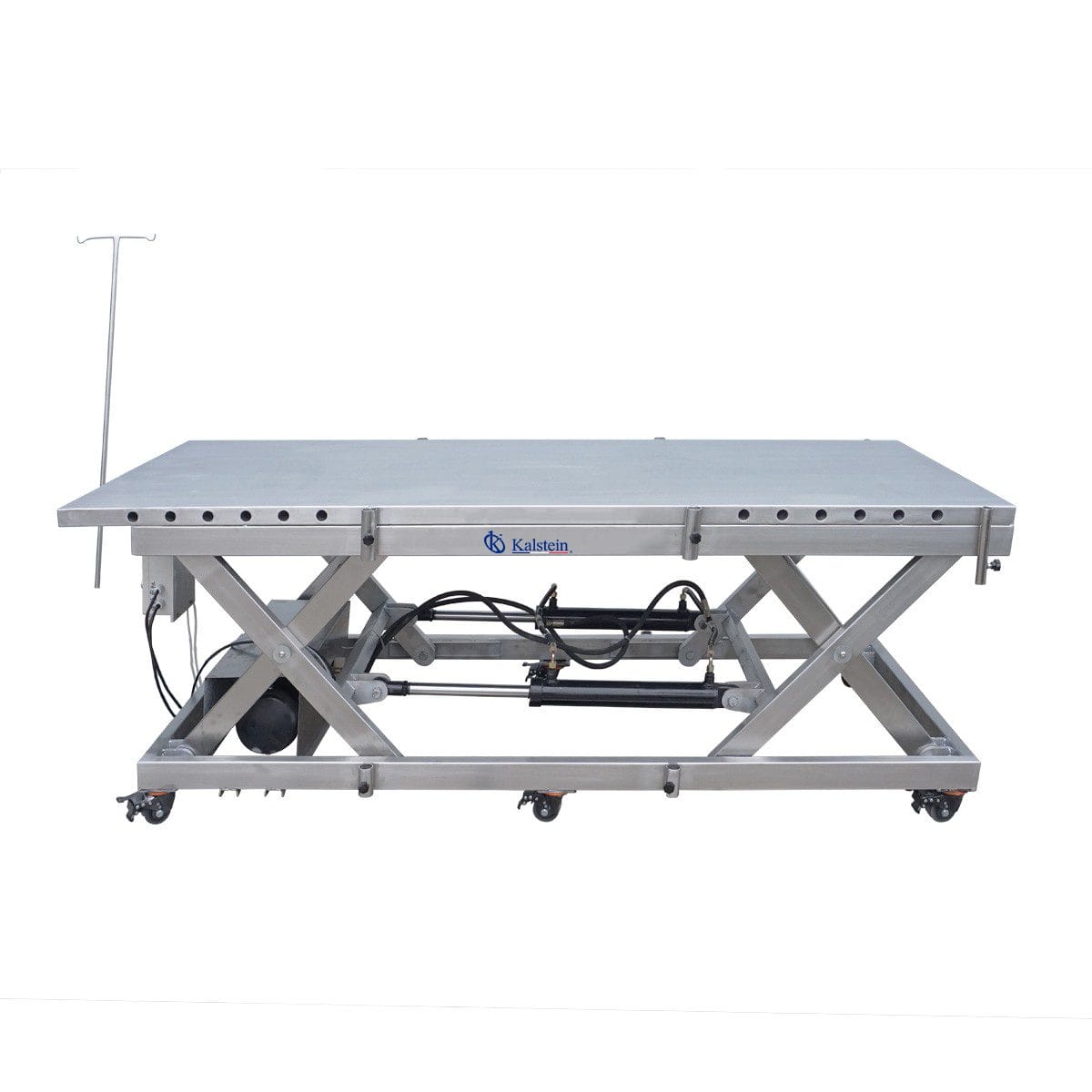Planning and organizing space in a veterinary center is one of the primary tasks to ensure efficient operational performance. A key element in this planning is the location of the veterinary operating table. Not only is it necessary to take into account design, safety, and comfort elements, but also technical and ergonomic factors. In this article, we will explore the crucial aspects to consider for an optimal location of the veterinary operating table.
https://kalstein.pl/category-product/veterinary-sector/veterinary-operating-tables/
The Operating Space: A Starting Point
In a veterinary operating room, every inch is valuable. The table should be placed in such a way that it allows a fluid workflow, thus avoiding unexpected setbacks. When planning, consider the location of surgical lighting, vital monitors, anesthesia equipment, and any other necessary equipment for the procedure. It is necessary to ensure an accessible and safe location for the clinic staff and animals.
Location Based on Ergonomics
Ergonomics is essential in any workspace, and a veterinary operating room is no exception. Aspects such as the table height, proximity to necessary equipment, and ease of access for both the surgeon and assistants must be considered. The idea is to minimize physical effort and maximize efficiency, thereby reducing the possibility of workplace injuries and accumulated fatigue.
Consider Lighting and Ventilation
Proper lighting is critical in any surgery. The operating table should be located in a position that takes maximum advantage of natural light, but also meets artificial lighting needs. Moreover, room ventilation is also critical, both for temperate and odor control reasons as well as for the health of the patient and staff. A location that allows adequate air flow should be sought.
Space Flexibility
In veterinary medicine, there is a wide variety of patients, from dogs and cats to reptiles and birds. This implies that the position of the operating table must take into account versatility to adapt to the specific needs of each operation. Consider dynamic planning, where the table can be moved or easily reconfigured depending on the procedure needs.
The location of the veterinary operating table is an essential component of space planning in any clinic. Optimizing this location can have a significant impact on efficiency, safety, and comfort of both staff and patients. It may take time to find the perfect location, but the benefits it will bring to your veterinary organization make this effort worthwhile.

